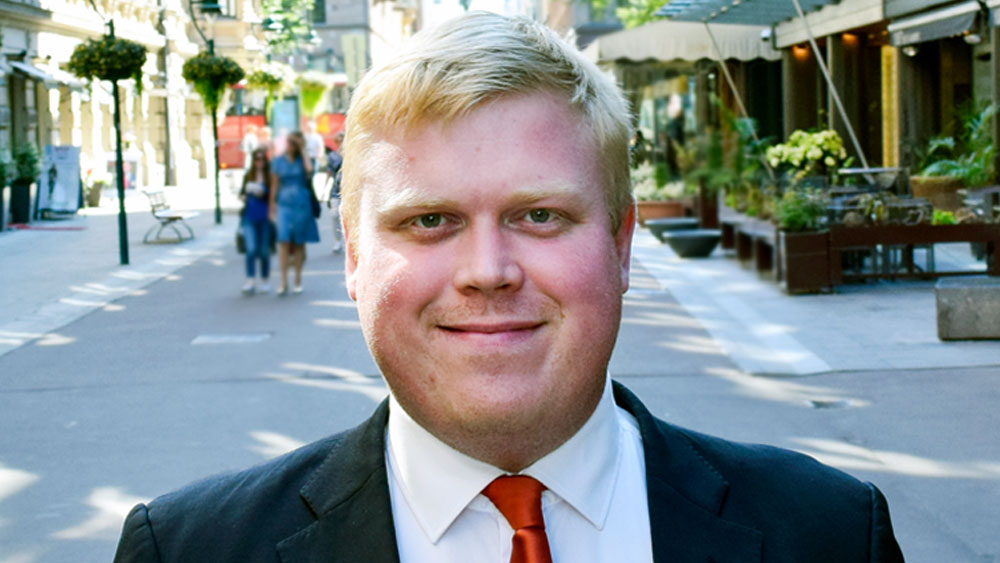Nuclear energy kolumn: It is worth hopping on a plane to Brussels

Nuclear energy is produced for good reasons. In the early days of January, the coldest winter conditions for decades raised electricity consumption in Finland to a maximum of 15 gigawatts, which is the biggest quantity for nearly a decade. There was indeed demand for electricity produced with nuclear energy. The more challenging energy market situation has increased support for the use of nuclear energy across Europe.
Under the so-called Constitution of the European Union, namely Article 194 of the Treaty on the Functioning of the European Union (TFEU), each EU Member State may choose its own way of exploiting energy sources. The same Article identifies energy efficiency, energy savings and renewable energy as specific areas of promotion.
The promotion of nuclear energy is specified separately in the Treaty establishing the European Atomic Energy Community (Euratom). Thus, the promotion of different clean energy production methods has been recorded in two different agreements. In practice, the priorities of TFEU have been promoted much more eagerly in recent decades than those of Euratom.
Although the Member States have the right to choose their own energy mix, Brussels nevertheless has the power to take decisions on, for example, the energy market, climate, environmental and financial market policies. The EU has a toolbox to accelerate or slow down the momentum. How the tools are being used depends on political choices.
The Commission’s legislative proposals are often preceded by a Commission communication, which is kind of a public insinuation of what lies ahead. In February this year, the Commission issued a communication on the 2040 climate target, in which it recommended an EU-wide
net emission reduction target of 90% by 2040. Last autumn, Finland prepared its own position
in advance on this theme. Finland emphasized, among other things, the importance of technology neutrality, meaning equal consideration of nuclear energy alongside other climate measures, in achieving climate objectives.
The communication is in many ways in line with Finland’s positions. The communication states that all technologies that promote climate neutrality are needed. Nuclear energy is seen to complement renewable energy.
This communication is particularly important because it is launching a new climate and energy policy legislative cycle in the EU. In the next few years, based on the proposals given by the new Commission to be elected after the EU elections, climate and energy targets for 2040 will be negotiated and key legislative proposals will be submitted for their implementation.
Based on the Government Programme, Finland has also prepared positions on the promotion of technology-neutral energy policy. We have good tools to influence the formation of the 2040 framework throughout the Government’s term of office.
Finland alone does not lead the way in the EU. An important reference group for Finland is the so-called Nuclear Alliance. This is a group of clearly over ten EU Member States with similar views on the role of nuclear energy, led by France. Recently, more chairs have been needed for meetings, as many countries have edited their views towards nuclear energy in a more positive direction.
Finland’s priorities are best taken into account in the EU when we act as Team Finland. Many Finnish actors in the nuclear energy sector are already active in the EU tables: associations, companies, research institutes and universities, etc.
This is important because many voices are needed to make an impact in a large community. According to my understanding, the official messages of the state and the messages of the actors in the sector are essentially similar at the Brussels tables.
I encourage all Finns to be active towards the EU. It is worth hopping on a plane to Brussels.
Juho Korteniemi, Deputy Director General Ministry of Economic Affairs and Employment, Finland
This column has also been published in the Finnish Atomic Engineering Society's “ATS ydintekniikka” (ATS Nuclear technology) -publication 1/2024



